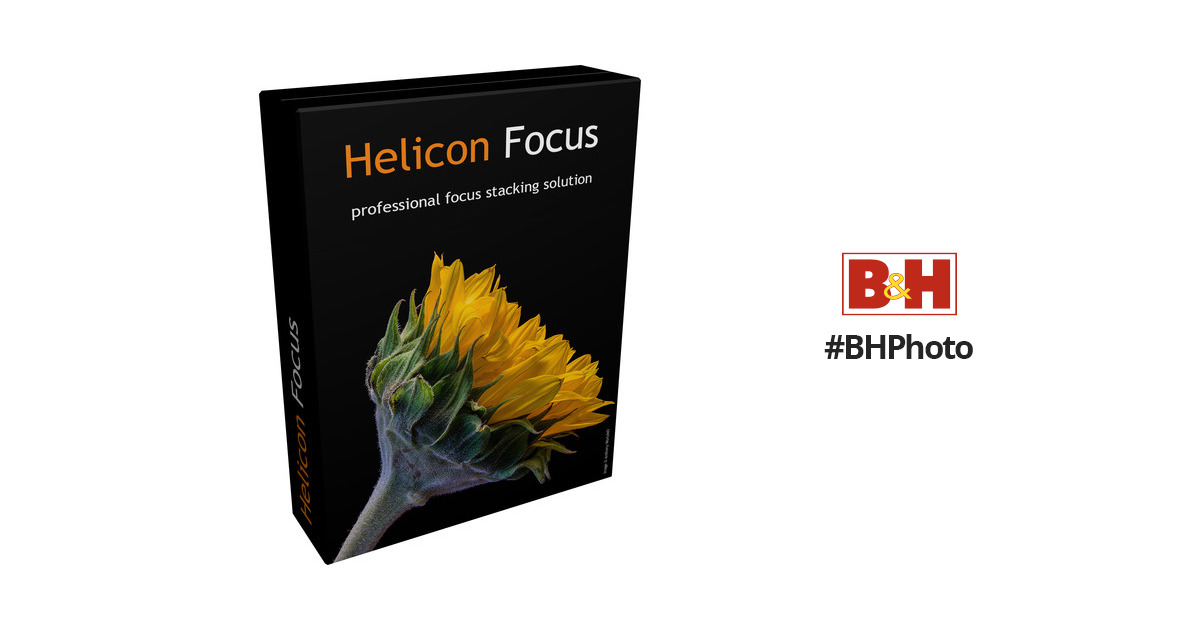
This was the first set extensive set of focus slices on a subject, 13 slices at f/8 taken with the Canon 5D Mark II and Sigma 150mm, f/2.8 macro lens. Helicon Focus Method A does slightly better at avoiding halo effects with a minor amount along the top edge of the left septal that can be addressed in additional editing.

This image meets the guidelines that Helicon Focus relies on camera and subject fixed, and little variation in brightness and color. It does not capture the entire orchid in focus, and results in quite a bit of definition in the background. All three algorithms adequately combined the focus slices of the orchid and delivering a soft background without aberrations. The first image is a single exposure taken at f/22. This image consists of 6 slices of focus at f/13. The image comparisons below are presented in the order they were photographed. Additional images may be presented which are obviously cropped to illustrate some detail. A few images may have a small increase in brightness for ease of viewing detail. The comparison images are presented without editing of any sort with the exception of resizing and occasionally cropping an image so that the Photoshop and Helicon Focus images match. Helicon Focus does not performance well unless the camera is held steady (on a tripod), the focus steps are roughly equal, and the brightness is consistent in the set of images to be combined. In addition to subjects photographed outdoors, I conducted experiments indoors to eliminate some of the variables normally experienced in the outdoors moving subjects and changing light. While Helicon Focus seems to do a better job overall of combining focus slices into a composite image, there are some instances where Photoshop was able to process an image that was impossible to complete in Helicon Focus. Helicon Focus provides two methods of focus stacking, and also has controls that can adjust the performance of the stacking algorithms and both Method A and Method B are typically displayed. But it does not matter what you shoot – landscapes or flowers, animals or still-life – Helicon Focus will make your images stand out.These images are a result of a concerted effort to understand focus stacking, and two methods, Helicon Focus (HF) and Photoshop (PS), of processing the focus slices into a single image. Nowadays micro photography, close-ups, jewelry and product photography became truly dependent on focus stacking. Take several shots at different focus distances instead of just one, and Helicon Focus will quickly and smartly combine the stack into a fully focused image.
#Photoacute vs helicon focus software#
With focus stacking software you can make your usual camera render results that could not be achieved even with a classic tilt-shift lens.
#Photoacute vs helicon focus professional#
Professional photographers and enthusiasts seeking to keep up with the trend take advantage of focus stacking to create eye-catching images. Today it's hard to imagine macro or micro photography without focus stacking technique. Plain single shots are bit by bit giving place to improved and more sophisticated technologies like HDR and EDoF.
Now it's the advanced technology that makes the difference. The digital revolution of the last few years made professional photo hardware widely available and affordable.
Adjust settings, hold down the shutter button to shoot a stack and process it in Helicon Focus to achieve a perfectly sharp image. Mounted on the camera as a conventional extension tube, Helicon FB Tube automates focus bracketing in single shot and continuous shooting modes. We are happy to introduce our new product that has no analogues on the modern photography accessories market - Helicon FB Tube.


 0 kommentar(er)
0 kommentar(er)
